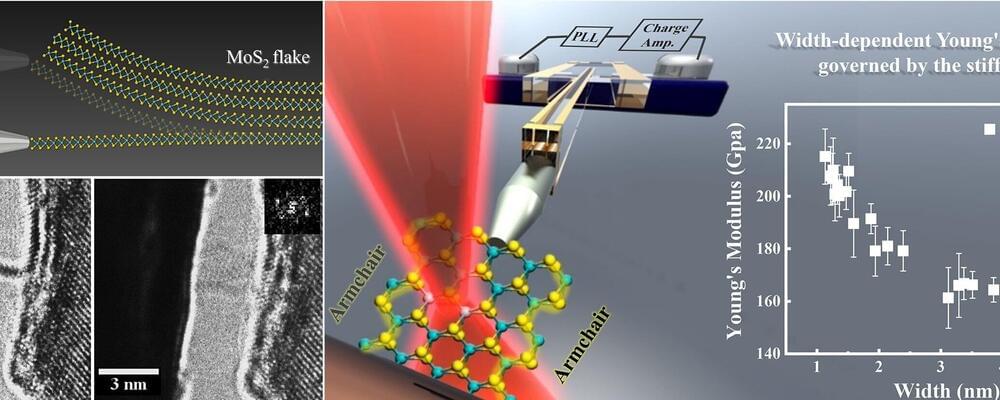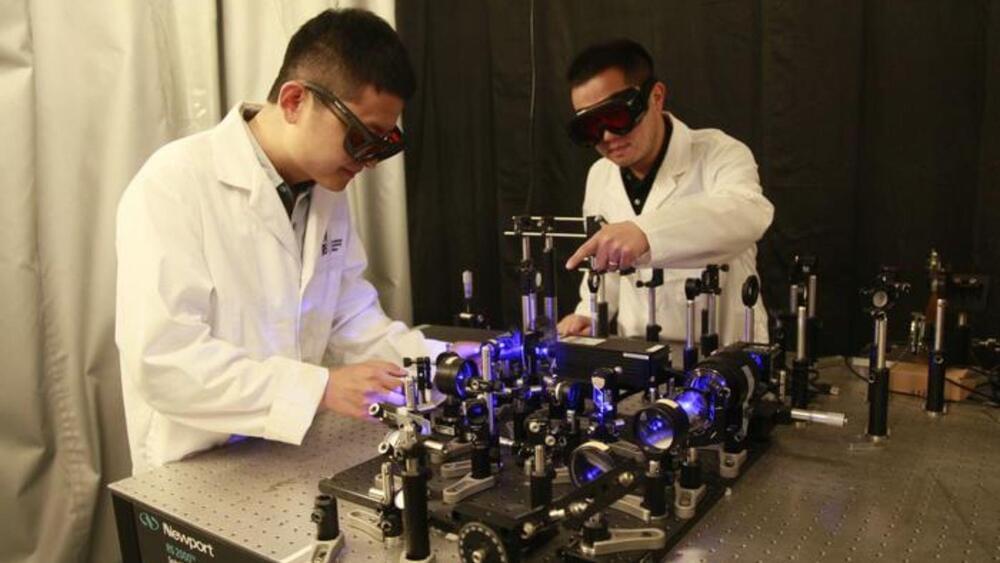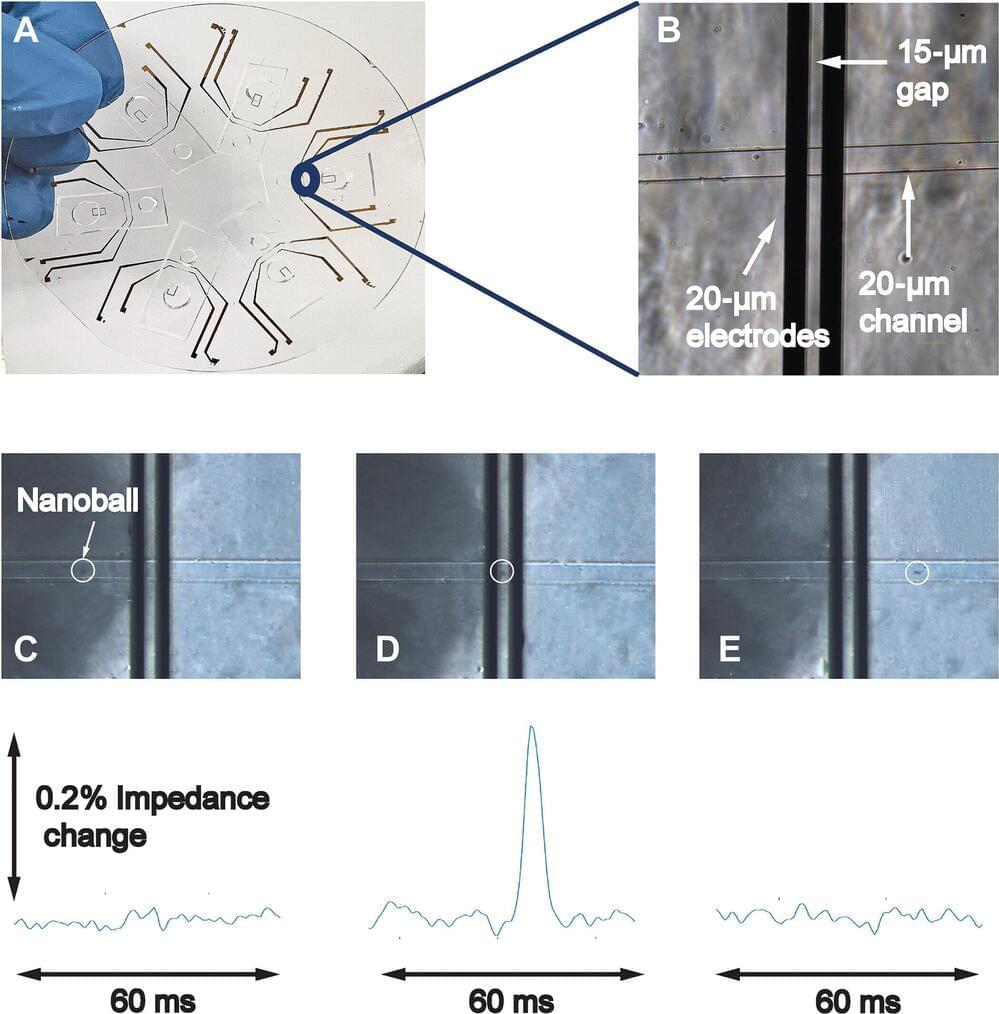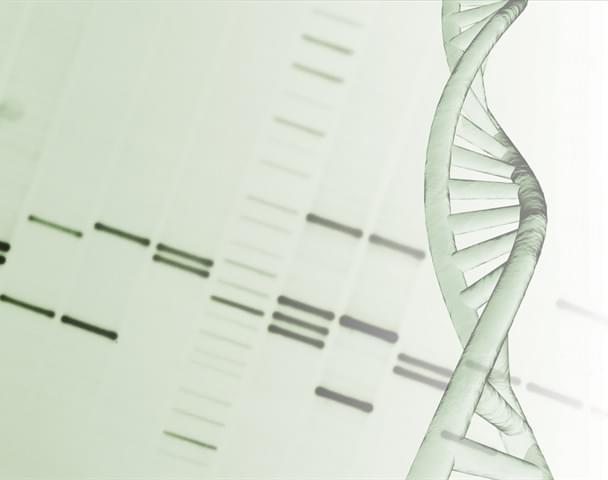Sep 23, 2023
Plant Fungus Infected a Human in First Reported Case of Its Kind
Posted by Joseph Barney in categories: biotech/medical, electronics
I wondered when this would happen. Reminds me of the video game “The Last of Us” and there’s a TV series as well. I’m sure they’ll stop it though.
Silver leaf disease is a curse for a variety of botanicals, from pears to roses to rhododendron. Infecting their leaves and branches, the fungus Chondrostereum purpureum can be fatal for the plant if not quickly treated.
Aside from the risk of losing the occasional rose bush, the fungal disease has never been considered a problem for humans. Until this year.
Continue reading “Plant Fungus Infected a Human in First Reported Case of Its Kind” »

















